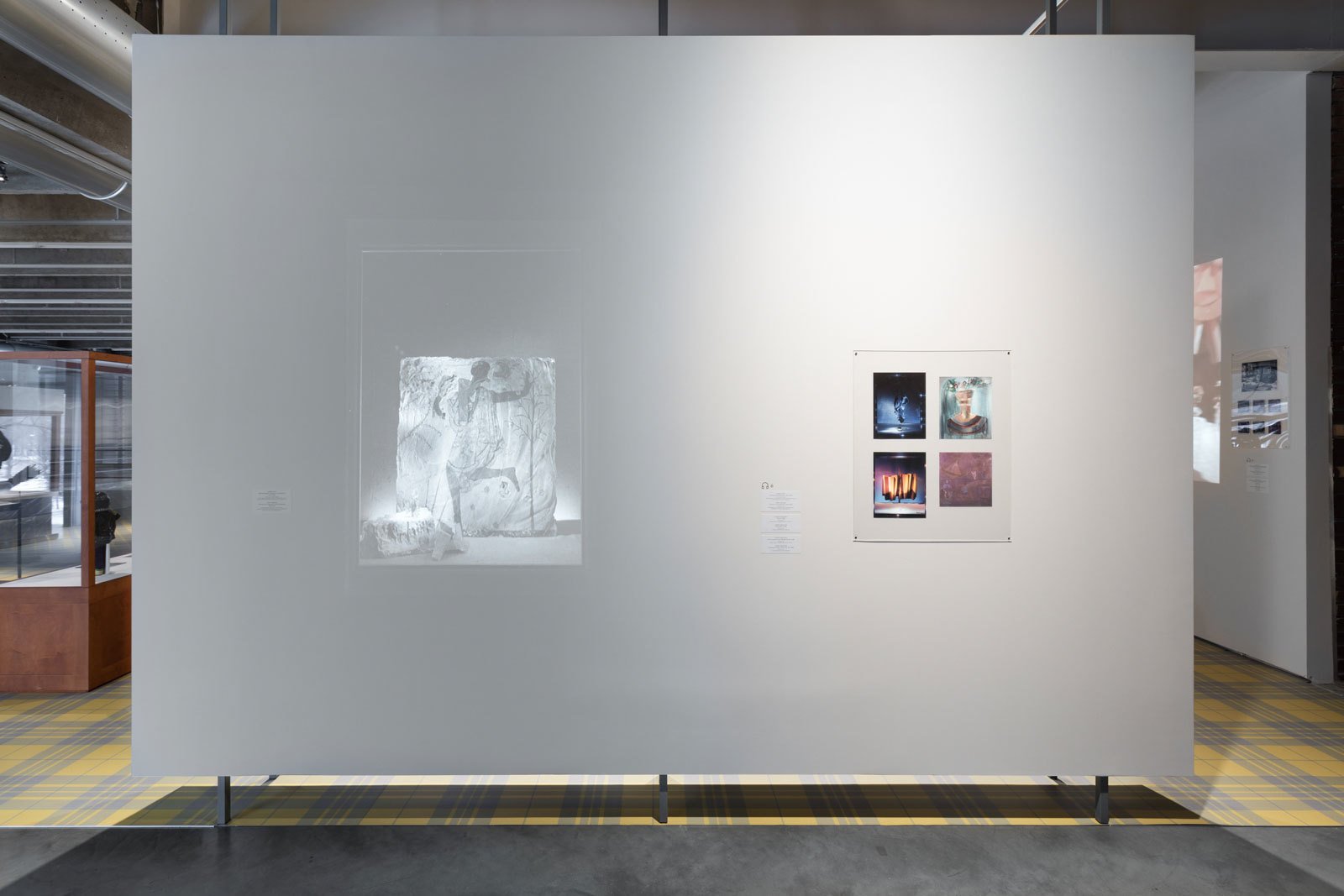Clothes and the Discipline of Display

The border between commercial display and exhibition-making has been shown to be liquid. Not only by the large number of people who act as double agents between the spheres of fine and commercial art but also those who take the essential qualities of both worlds and cross apply them to great effect. Window dressing is a discipline to be learned and mastered. During the interwar period the field exploded, with nearly every major city in Western Europe and the United States having several schools. The effect of the avant-garde was strongly felt across continents. Abstraction, constructivism, kinetic art, and surrealism, as well as technological breakthroughs and theater, were assimilated into commercial window displays. Friedrich Kielser was an important figure in this, as was the Reimann School, where Natascha Kroll was a student and teacher.
In the postwar era, Gene Moore perfected the formula of using wit, brilliant merchandising savvy, and unconventional methods: his work continues to act as a blueprint for today’s attention-grabbing displays. In Passer-by, Atelier E.B included the windows Moore dressed for Tiffany & Co., which emulated dioramas and science displays to make the connection with ethnography. The exhibition also reflects on Mary Blair’s work for Disney’s It’s A Small World in the context of ethnography, and the theme is explored further in the section ETHNOGRAPHY & FUTURE EVES, which you can find in the Skylight Room. The spirit of the avant-garde could also be felt in the decor and ethos of the London shop The Pineal Eye.